Injury of Radial Nerve: Cause, Symptoms, Treatment, Exercise
Description:
Injury to the radial nerve may result in radial neuropathy, also called radial nerve palsy. Radial nerve injury may be due to physical trauma, infection, or even exposure to toxins. It often causes numbness and tingling or burning pain. It can also be painless. The condition may cause weakness or difficulty moving your wrist, hand, or fingers.
The radial nerve runs down the underside of your arm and controls the movement of the triceps muscle, which is located at the back of the upper arm. The radial nerve is responsible for extending the wrist and fingers. It also controls sensation in part of the hand.
A radial nerve injury refers to damage to the nerve in the upper arm.
This nerve controls the triceps muscle. It also helps extend the wrist and fingers and provides sensation in part of the hand.
The radial nerve is close to the bone in the upper arm, so it is vulnerable to injury, especially if the arm breaks.
There are varying degrees of nerve damage:
Neurapraxia, a first-degree injury, is the least serious classification.
Axonotmesis refers to a second-, third-, or fourth-degree injury.
Neurotmesis, a fifth-degree injury, is the most severe form of nerve damage.
Injury to the radial nerve can lead to radial nerve palsy.
Causes of radial nerve injury:
- Injury to the radial nerve has a variety of possible causes
- Fracturing your humerus, a bone in the upper arm
- Sleeping with your upper arm in an awkward position
- Pressure from leaning your arm over the back of a chair
- Using crutches improperly
- Falling on or receiving a blow to your arm
- Long-term constriction of your wrist
- The most common causes of radial nerve injury are breaking your arm, overusing your arm, and sports and work accidents. Depending on the level of injury, you may experience a complete laceration of the radial nerve. This occurs when the nerve is severed.
- Movements that involve both grasping and swinging movements, such as swinging a hammer, can lead to nerve damage over time.
- Lead poisoning can also lead to long-term nerve damage. Over time, the lead toxin can cause damage to the nervous system as a whole.
- Certain health conditions that affect your whole body may damage one nerve. Kidney disease and diabetes may cause inflammation, fluid retention, and other symptoms that can, in turn, lead to nerve compression. This could affect the radial nerve or other nerves in your body.
Symptoms of an injury to the radial nerve:
- pain along the course of the nerve
- Weakness in the wrist, hand, or fingers
- Loss of function in the wrist, hand, or fingers
- A radial nerve injury usually causes symptoms in the back of your hand, near your thumb, and in your index and middle fingers.
- Symptoms may include sharp or burning pain, as well as unusual sensations in your thumb and fingers. It’s common to experience numbness, tingling, and trouble straightening your arm. You can’t extend or straighten your wrist and fingers. This is called “wrist drop” or “finger drop,” and it doesn’t occur in all cases.
- Radial nerve injury can cause pain, weakness, and loss of function in the wrist, hand, and fingers. A common term for this is radial nerve palsy.
Wrist Drop:
- Wrist drop is a condition that typically accompanies Radial Nerve Palsy. If you are suffering from wrist drop, you will be unable to extend your fingers and wrist. You will have no control over your wrist or fingers.
- The main cause of wrist drop is overuse of the wrist and hands. This condition is commonly seen in athletes who play sports like tennis or badminton. It can also be seen in people who consistently lift heavy weights.
Radial Nerve Palsy:
- Radial Nerve Palsy (also called Radial Nerve Neuropathy) occurs when pressure or entrapment occurs to the radial nerve by occurrences like a growth such as a tumor a cyst, a tight watch, or the improper use of crutches pressing under the arm.
- This form of palsy can also be caused by fractures or dislocations as well as cuts deep enough to sever the radial nerve.
Diagnosis:
- Your doctor will do a physical exam. They will look at your affected arm, hand, and wrist, and compare it to your healthy arm, hand, and wrist. They may ask you to extend and rotate your arm to see if the injury affects your range of motion.
- Your doctor will also ask you to extend your wrist and fingers, checking for any weakness or loss of muscle tone.
- Your doctor may order tests to rule out other causes of your symptoms. For example, you may have blood tests to check your blood sugar and vitamin levels, as well as your kidney and thyroid function.
- These tests check for signs of other conditions associated with nerve damage, such as vitamin deficiencies, or diseases of the kidney and liver.
- A CT scan or MRI can also look for diseases within your head, neck, or shoulders that may result in pressure on your radial nerve.
Imaging tests
- Medical imaging techniques, such as X-rays, ultrasounds, and MRIs can help locate and assess the severity of the nerve damage.
- An EMG measures the electrical activity in your muscle. A nerve conduction test measures the speed at which impulses travel along your nerves.
- These tests can help determine if you are experiencing a problem in your nerve or in your muscle. They may also show whether the radial nerve is damaged.
- In very rare cases, your doctor may request a nerve biopsy.
Treatment of Radial Nerve Injury:
- The goal of treatment for radial nerve injury is to relieve symptoms while maintaining movement of your wrist and hand. The best treatment depends on the underlying cause.
First-line treatment
There are several different first-line treatment options available. These include:
- Analgesic or anti-inflammatory medications
- Antiseizure medications or tricyclic antidepressants (prescribed to treat pain)
- Steroid injections
- Anesthetic creams or patches
- Braces or splints
- Physical therapy to help build and maintain muscle strength
- Massage
- Acupuncture
Treatment depends on the severity of the injury:
- A minor neuropraxic injury will usually resolve itself, with sensation and function returning within a few hours or weeks at most. This is typical of minor damage, such as from sleeping on the arm.
- For moderate injuries, a doctor may recommend rest and not using the arm whenever possible.
- If the person is in pain, or the problem is due to swelling, pain relieving medicine mainly NSAIDs (nonsteroidal anti-inflammatory drugs) such as ibuprofen can help.
- Radial nerve palsy after a broken arm is very common. Up to 95 percent of people will make a full recovery without surgery. The doctor may recommend wearing a sling to keep the limb stable while it heals.
- If the break was severe, or if the problem does not get better with rest and moderate treatment, a person may need surgery.
Surgical treatment:
Nerve repair:
This operation repairs the nerve. In some cases, a doctor may be able to sew the nerve back together.
If the nerve damage is too severe, they may employ nerve grafting or transfers. These procedures involve using nerves from other parts of the body to repair the damaged nerve.
Tendon transfer:
- This operation involves replacing a nonworking tendon with a working one from elsewhere in the body. It is a common treatment for nerve injury. A person will need a general or local anesthetic.
- After surgery, the person will usually wear a splint or cast for 1 or 2 months while the tendon heals.
Functional muscle transfer:
- If the damage is so extensive that a doctor cannot reconstruct the nerve, they may recommend a functional muscle transfer instead.
- This is a relatively new procedure to replace a nonworking muscle with a “donor muscle” from elsewhere in the body.
Physiotherapy treatment and exercise in Radial nerve injury:
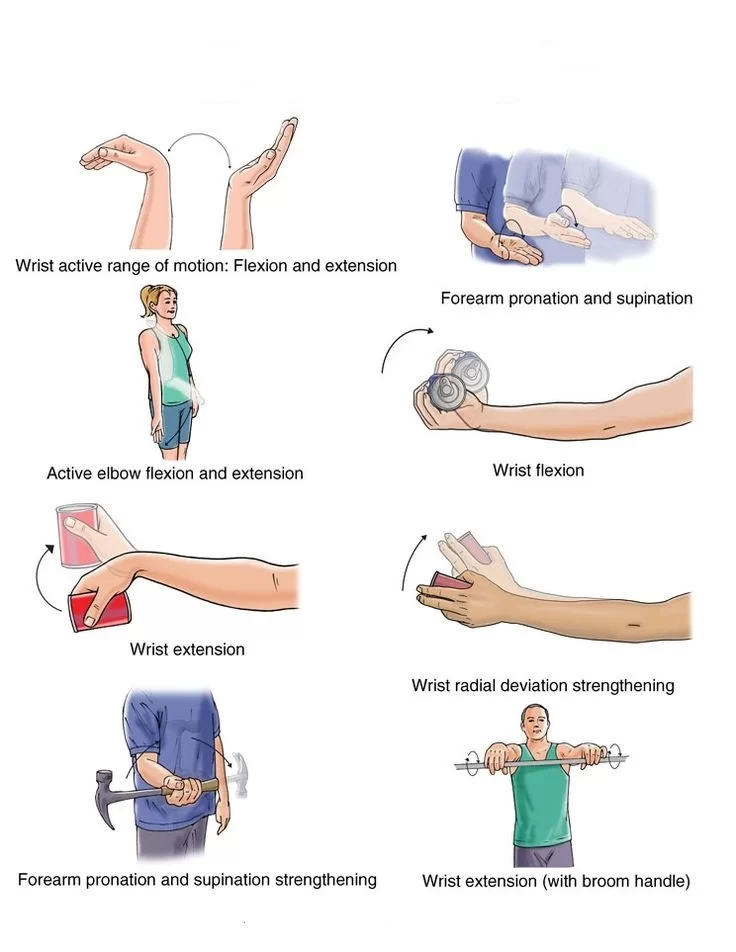
- Electrical stimulation to treat nerve damage. This therapy involves placing several adhesive electrodes on the skin near the affected area. The electrodes deliver a gentle electric current at varying speeds.
- Physical therapy to build and maintain muscle strength can help to heal and improve nerve function. Massage treatment is another option. Massage can break up scar tissue and make the radial nerve more responsive.
Exercises for Treating Wrist Drop:
- Ball Squeeze:
- Find a soft foam ball. Wrap all five of your fingers around the ball. Squeeze and then relax your hand. Repeat this at least fifteen times.
- Rubber Band Stretch:
- Take a rubber band and place it around all five fingers on one hand. Stretch your fingers out as wide as you can, using the rubber band as resistance, then relax them again. Do three sets of 25 repetitions on both hands. Add extra rubber bands to create extra resistance as you build up strength in your wrist and fingers.
- Hammer Rotation:
- You will need a hammer, wrench or similar long, thin implement for this exercise. Make sure it is not too heavy, especially if your wrists are tender or weak.
- Take your chosen implement in one hand and lean forward in a chair to rest that arm on your thigh. Your palm should be facing inwards then slowly turn your wrist downwards so your palm is facing the floor. Turn it back to the start position then rotate your palm upwards so it’s facing the ceiling. Repeat as many times as you can on both arms.
- Wrist Stretch:
- Sit up straight in a chair and holding one arm straight out in front of you, parallel to the floor with your palm facing down.
- Use your other hand to gently bend the wrist of your outstretched arm down so your fingers are pointing towards the floor. Hold for about 10 seconds then slowly release and bend the wrist up.
- Use your other hand to apply gentle pressure in both directions–you should feel a pull but stop immediately if you feel any pain. Repeat the exercise on your other arm.
Radial Nerve Palsy Exercises for Treatment & Recovery:
The Water Spout: Hold your arm out straight from your body, parallel to the floor. Then hold an empty cup in the outstretched hand and turn it upside down as if pouring out water.
Figure Eight: Stand leaning forward with your unaffected hand on a worktop/back of a chair for support. Swing your affected arm in a figure eight motion. When your hand comes closest to your body, face your palm outward. When your hand is farthest from your body, face your palm inward.
Hide and Seek: Hold elbow out away from your side. Hold arm at a 90-degree angle with your palm facing up. Rotate your forearm behind your elbow while keeping your elbow in place. Your palm should end up facing the ceiling again, but this time behind your elbow. Turn your head to look at your fingers.
Don’t Forget to Tip: Look towards the affected side. Take your hand behind your back as if to accept a backhanded tip. Move fingers up and down.
The Water Pump: Hold hands in twisted position as shown. Bring hands up and down in a pumping motion.
Table Stretch: Keep the back of your hand flat on the table and rotate your whole body away.
Self-Massage: Massage your back in a circular motion. Depending on the side affected, the right hand should circle counter-clockwise, with the left hand circling clockwise.


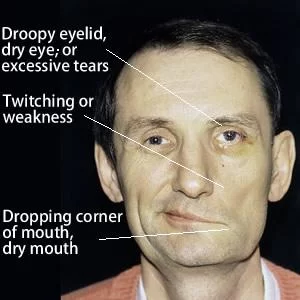

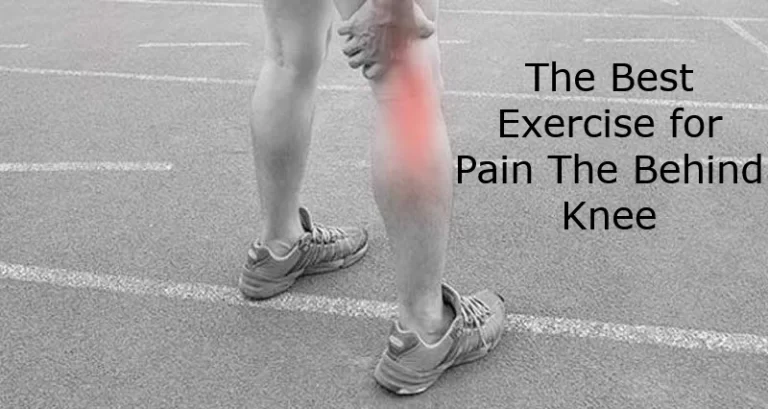
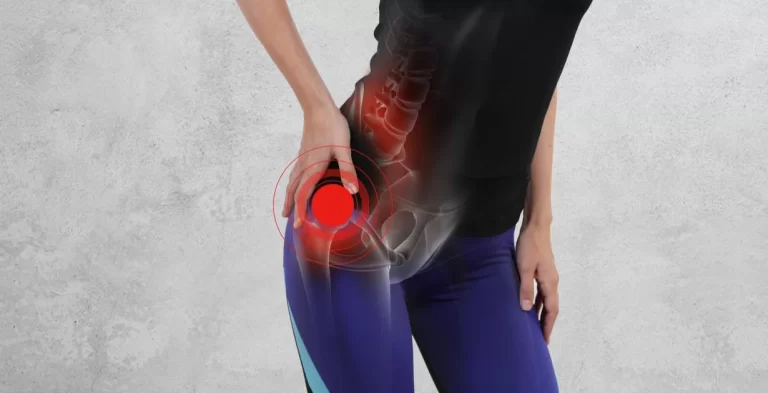
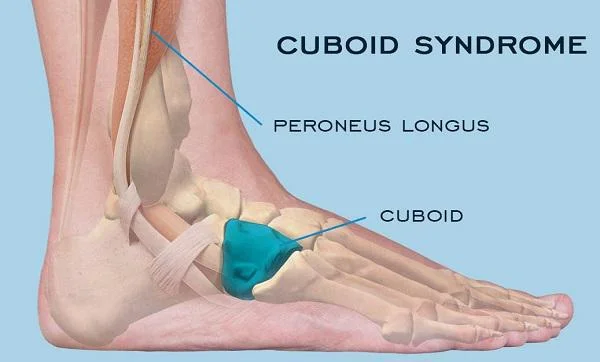
4 Comments